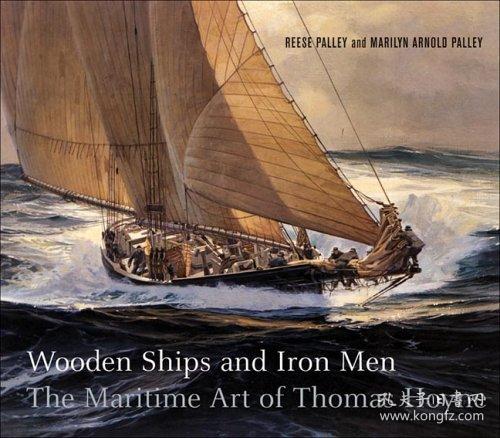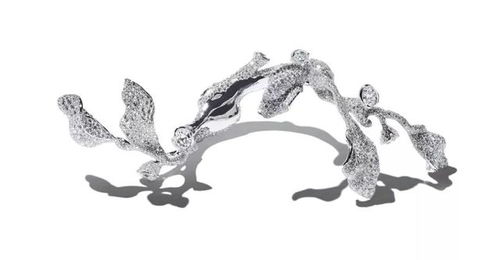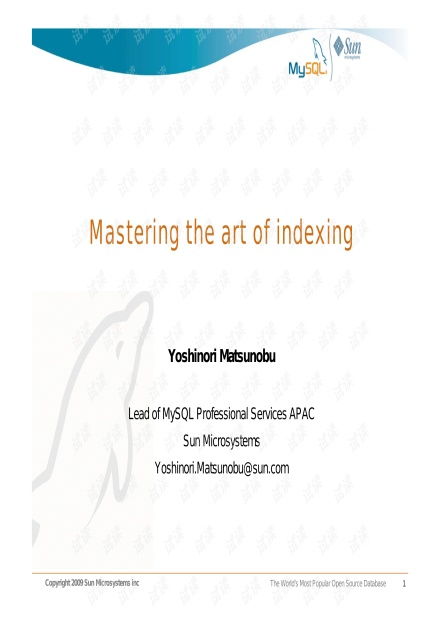Content:
Fishing is an ancient art that has been practiced for centuries. It is a popular hobby that brings people closer to nature and offers a sense of relaxation and fulfillment. However, fishing without bait can be a challenging task for many anglers. In this article, we will explore the art of fishing without bait and provide you with essential techniques to help you catch fish successfully.
Understand the Basics
Before diving into the techniques, it is crucial to understand the basics of fishing without bait. Unlike traditional fishing, which relies on lures and bait to attract fish, fishing without bait involves using natural or homemade materials that mimic the fish's prey. This method is often referred to as "fly fishing" or "baitless fishing."
Choose the Right Equipment
To fish without bait, you will need the following equipment:
- A fly rod: A specialized rod designed for fly fishing, which is lighter and more sensitive than traditional fishing rods.
- Fly line: A thin, flexible line that is designed to carry the fly to the fish.
- Leaders: A section of monofilament or fluorocarbon line that connects the fly line to the hook.
- Hooks: Small, sharp hooks that are designed to hold the fly securely.
- Tippet: A short length of monofilament or fluorocarbon line that connects the leader to the hook.
Learn to Cast
Casting is an essential skill in fly fishing. It involves propelling the fly line and leader through the air with the rod, landing the fly in the desired location. Here are some tips to help you improve your casting technique:
- Start with a back cast: Hold the rod at about shoulder height and sweep it back over your head, releasing the line as you do so.
- Follow with a forward cast: Bring the rod forward, allowing the line to land on the water in a straight line.
- Practice, practice, practice: Casting takes time to master, so be patient and keep practicing.
Select the Right Fly

The fly is the heart of baitless fishing. It should mimic the natural prey of the fish you are targeting. Here are some popular fly patterns for various fish species:
- Mayflies: These flies are great for trout and other freshwater fish.
- Caddisflies: These flies are effective for bass, panfish, and other species.
- Terrestrial flies: These flies mimic ants, beetles, and other land-based insects, and are excellent for catching bass and panfish.
Read the Water
Understanding the water you are fishing is crucial for success. Observe the currents, rocks, and vegetation to determine the best spots to cast. Look for areas where fish are likely to be feeding, such as around rocks, logs, or weed beds.
Be Patient and Persistent
Fishing without bait can be challenging, and it may take time to catch fish. Be patient and persistent, and don't get discouraged if you don't catch anything immediately. Remember that practice makes perfect, and with time, you will improve your skills and catch more fish.
Adapt to Changing Conditions
Weather and water conditions can change rapidly, so it's essential to be adaptable. Adjust your fly selection, casting technique, and approach based on the current conditions. For example, if the water is murky, you may need to use a darker fly, while on a bright, sunny day, a lighter fly may be more effective.
Stay Informed
Keep up-to-date with local fishing reports and regulations. This information can help you choose the best locations and techniques for your fishing trip.
In conclusion, fishing without bait can be a rewarding and challenging experience. By understanding the basics, choosing the right equipment, and mastering the art of casting and fly selection, you can increase your chances of success. Remember to be patient, persistent, and adaptable, and you will soon become a skilled baitless fisherman. Happy fishing!












